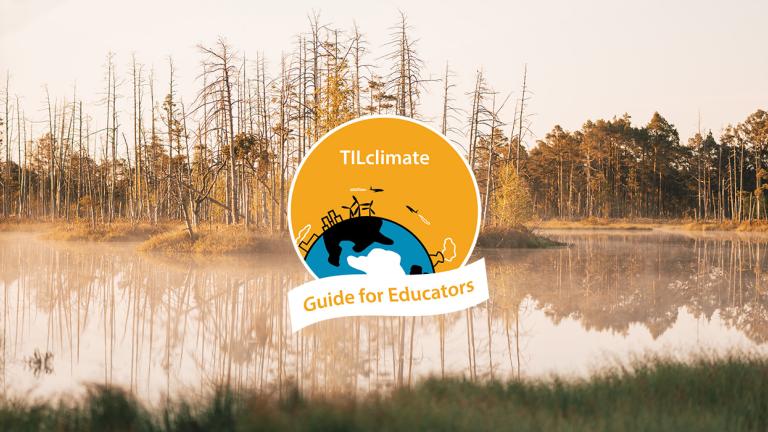
This Guide for Educators was developed by the MIT Environmental Solutions Initiative as an extension of our TILclimate (Today I Learned: Climate) podcast, to make it easier for you to teach climate change, earth science, and energy topics in the classroom. It is an extension of the TILclimate episode "How tackling methane cools the planet fast".
Browse all TILclimate guides for educators.
Description
Methane is one of the most powerful greenhouse gases, but it is often overlooked next to carbon dioxide. Students explore some of the largest sources of human-caused methane emissions and consider how they are measured and how decision-makers can reduce emissions.
SWBAT
- Know what some of the major sources of methane emissions are
- Understand some of the challenges associated with measuring methane emissions
- Explain why methane is an important gas associated with climate change
Skills
- Reading and discussing technical and non-fiction writing
- Critical thinking
- Graph and map reading
Standards:
- HS-ESS3-4 Evaluate or refine a technological solution that reduces impacts of human activities on natural systems.
- HS-ETS1-1 Analyze a major global challenge to specify qualitative and quantitative criteria and constraints for solutions that account for societal needs and wants.
- RST.9-12.2 Determine the central ideas or conclusions of a text; summarize complex concepts, processes, or information presented in a text.
- WHST.9-12.7 Conduct short as well as more sustained research projects to answer a question or solve a problem.
Disciplinary Core Ideas:
- ESS3.A Natural Resources
- ESS3.C Human Impacts on Earth Systems
- ESS3.D Global Climate Change
What is included in this Educator Guide
- How to use TILclimate Educator Guides (Download)
- Full Educator Guide (Download)
- Includes both Teacher and Student pages
- Includes both Teacher and Student pages
- Teacher pages (Download) (Google Drive)
- Includes materials, discussion questions, background resources, and adaptation suggestions for science, social science, and ELA teachers
- Includes materials, discussion questions, background resources, and adaptation suggestions for science, social science, and ELA teachers
- Student pages (Download all)
- Reading: Sources of Methane (Google Drive)
- Jigsaw Investigation: Methane Sources and Solutions; Agriculture, Fossil Fuels, and Waste (Google Drive)
- Read and Compare: Fugitive Emissions (Google Drive)
Listen to the episode


